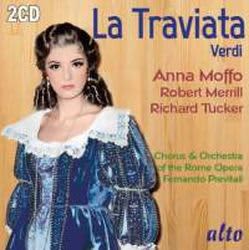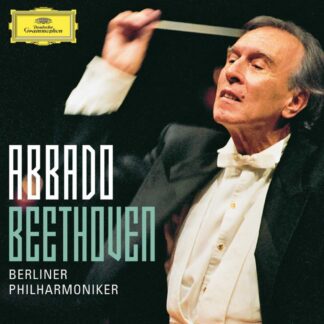Περιγραφή
Καλλιτέχνες
|
In July 1917, during a demonstration in Petrograd, a boy was killed by the Tsarist forces before the young Dmitri Shostakovich’s very eyes. Deeply shocked, Shostakovich thereupon composed a Funeral March in remembrance of the victims of the Revolution. He would then live through World War I, the October Revolution, the civil war, Stalin’s Great Purge, World War II, and new purges, among others. Violence, despair, tyranny and death are omnipresent in his existence and appear in his music. The three works chosen by Ilya Gringolts, Daniel Haefliger and Gilles Vonsattel for this recording pay tribute to this entire experience, coming from the composer’s youth, his mature years, and his final period. Composed in the autumn of 1923 during his studies at the Petrograd Conservatory, the first Trio op. 8 marks Shostakovich’s real debut as a composer. On the surface, this was a disappointment, since both audience and critics gave the work a cold welcome, deeming it immature and affected. The young composer, deeply hurt and discouraged, considered it pointless to edit the manuscript for publishing – even leaving out the last 22 bars of the piano part. It was only completed in 1983, by his pupil Boris I. Tischtschenko. Compared with Shostakovich’s total production, this work, full of youth and energy, fascinates by way of its strength and expressive clarity. It already contains all the characteristic stylistic traits of the composer’s style. The second Trio op. 67, composed 21 years later, is dedicated to the memory of Ivan Sollertinski, Shostakovich’s “dearest and closest friend”, who died suddenly in February 1944 at the age of 41. The first movement, Andante, begins with a disquieting melody on the cello con sordino in high pitched harmonics, joined in canon by the violin playing in its lowest register almost two octaves lower than the cello, and later by the piano, an octave and a half below the violin. The extreme distance between the registers and the unusual choice of timbres transport us into a strange and bewitching world. The scherzo, Allegro con brio, takes on the appearance of a frenzied, wildly fast dance, spectacular and sarcastic. The Largo, a funeral march in the form of a passacaglia, imperturbably repeats the same series of chords six times on the piano, from which poignant lamentations come forth in successive waves, carried by the violin and cello. An inescapable and obsessive sense of beauty derives from it. The almost orchestral Finale, Allegretto, is born again out of a death dance, both heroic and disillusioned. It is the first time Shostakovich uses a Hebrew theme in his music, as if his own individual mourning was paired with a “generalised” mourning for the Jewish nation, whose extermination by the Nazis he had recently learned of. The first quavers, repeated pp staccato on the piano, send a chill down the spine, the violin then presents a short dance motif, at once macabre and desperate, taken up by the cello and the piano, alternating with a strange and unbalanced five beat waltz. At the most frenzied point, the dance is suddenly interrupted by a cascade of arpeggios on the piano, made up of the passacaglia theme from the 2nd movement, into which the violin plays simulaneously the theme of the 1st movement. The trio ends with a large coda that finally leads to a brief moment of peace, only in the last few bars. Shostakovich composed his unique Violin Sonata op. 134 in the autumn of 1968, during a period of extreme political repression in the USSR, while Warsaw Pact troops invaded Czechoslovakia, crushing the hopes of the Prague Spring. The work is a reflection of this brutal reality. Although it makes abundant use of twelve-tone systems, it is not serial: Shostakovich was in fact only interested in dodecaphonism from a thematic point of view and to put into perspective strong key signatures, deriving a unique expressive tension from this opposition. The 1st movement starts with a tone row to which the violin answers with the motif D – E flat – D flat – C – B, which, in the German notation, corresponds to DS(Des)CH, ie the composer’s initials with a slight modification. The tone row and motif are then transformed according to the rules of counterpoint finally to create a figure reminiscent of the chiming of a death knell. The 2nd movement is a Hebrew nuptial dance, but rather than being festive, it rapidly becomes a desperate and fiendish diabolic struggle between the two instruments. The music stops abruptly like the tanks halting any aspiration to freedom in August 1968. The final Largo, a series of variations, brings us back to the world of J.S. Bach, whom Shostakovich revered as a master and inspiration. This movement condenses the previous elements of the work through compositional techniques such as counterpoint, quotations and the tone row that opened the entire sonata, thus concluding the cycle. Hildegard Stauder-Bilicki |










